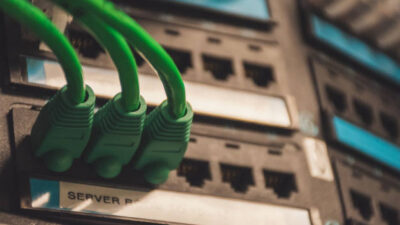[Editor's note: This letter is a response to the "PLC I/O Devices: More Options for Better Machine Control" article in the March 1998 issue of Control Engineering, p. 127.]The main purpose of the controller is to control outputs based on input data via field sensors. This data can be gathered via direct input from the sensor(s) or over some form of communications bus.
The main purpose of the controller is to control outputs based on input data via field sensors. This data can be gathered via direct input from the sensor(s) or over some form of communications bus.
The problem I have seen to date with intelligent sensors, for example, is what happens when the sensor shows a fault condition, the sensor is replaced, and the same fault condition still exists. At this point the difficulty level in trouble-shooting goes beyond the typical maintenance personnel. Therefore, what becomes the cut-off point in allowing an engineering staff to deal with what would have been an easy job, with nonintelligent sensors, for maintenance.
In summary, in order for intelligent I/O to be highly successful, the engineer must be able to walk away from a project, using such devices, feeling comfortable the system can be maintained with minimal assistance.



